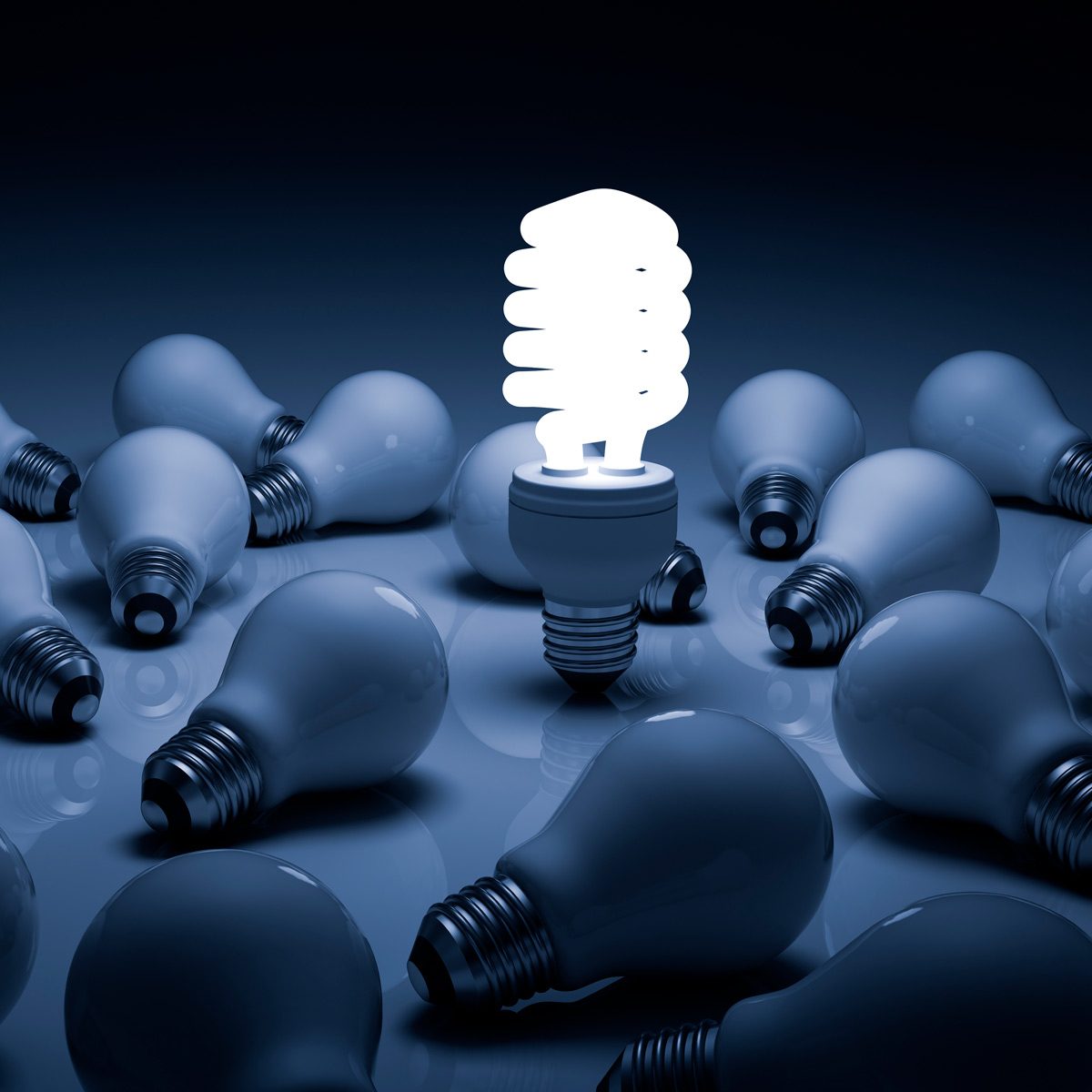
Many households have transitioned from incandescent lights to compact fluorescent light bulbs (CFLs), which use close to 70 percent less energy. But here’s where CFLs are different from traditional bulbs: you shouldn’t toss CFLs into your household garbage.
Why Do CFL Bulbs Need Special Disposal?
CFL bulbs contain about 5 milligrams of mercury, which can be toxic to the environment.
CFL bulbs are considered hazardous waste in many areas and require a little more planning when it comes to disposal. It’s a small trade-off for the benefit of more efficient bulbs, which last longer and require less coal- or oil-fired electricity.
Here’s the right way to get rid of 12 common hazardous household items.
What is the Easiest Way to Dispose of CFL Bulbs?
The easiest option is to take your old bulbs to your local home center or hardware store when buying new ones. Stores such as The Home Depot, Lowe’s, Batteries Plus, IKEA and independent hardware chains, will do the recycling for you.
Some CFL bulb manufacturers may also provide pre-labeled containers for recycling used bulbs through the mail.
How Else Can I Recycle CFLs?
For details and an expanded list of safe and local disposal options, go to Earth911.com. This database of 100,000 recycling and hazardous waste sites provides details for proper disposal of CFLs or anything else you need to recycle.
Many counties also have household hazardous waste sites for collecting bulbs and other potentially toxic materials, such as solvents and unused paint.
Several states, including California, Maine and Minnesota, do have more stringent recycling laws, which you can find out about on the U.S. Environmental Protection Agency (EPA) website.
If you live in an area with no recycling options or requirements, make sure CFL bulbs are contained in a sealed plastic bag before adding to your household waste.
What if a CFL Bulb Breaks?
Because a broken CFL bulb can expose a person to mercury vapor, take quick precautions if this happens at home. The EPA recommends these steps:
- Turn off any fans or heating and cooling systems so fumes are contained.
- Open a window and let the room ventilate for 10 minutes.
- Use cardboard to scoop and lift up the large pieces. Use gloves and sticky tape to pick up smaller pieces and shards that are kept contained in a sealed plastic bag.
- Wipe down the area with a wet paper towel or old towel that can also be sealed up. Take the broken bulb remnants to your recycler, if possible.
What if I Have Fluorescent Tube Bulbs?
Fluorescent tube bulbs can generally be recycled at the same sites that take used CFL bulbs, but some retailers may not accept larger ones. Check Earth911 for your area and call ahead to be sure, or take your used fluorescent tube bulbs to your nearest household hazardous waste site.
Article source here: How to Safely Dispose of Fluorescent Light Bulbs


No comments:
Post a Comment